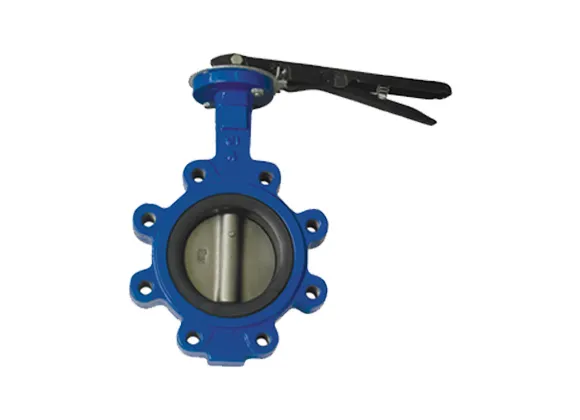Jan . 13, 2025 11:54
Valves play a vital role in controlling the flow of fluids and gases across various industrial and household applications. For someone invested in understanding or selecting the right valve, it's essential to distinguish between the two main types the gate valve and the ball valve. Here, we delve into these two types of valves, focusing on their unique characteristics, advantages, and applications. This will aid consumers and professionals alike to make informed decisions backed by credibility and expertise.

Gate valves are one of the oldest types of valves used in plumbing and industry. A gate valve operates by lifting a rectangular or round gate out of the path of the fluid. These valves are specifically designed for fully open or fully closed service. They are not intended for regulating flow, as the gate position provides limited control between open and closed positions. Their advantage lies in providing a very unobstructed flow with minimal pressure loss when the gate is fully opened. It’s crucial to note that when gate valves are partially open, the gate can experience damage due to fluid pressure and turbulence.
Industries that require infrequent valve operation, or where the valve remains either fully open or fully closed for extended periods, benefit the most from using gate valves. These applications can range from water supply systems to chemical and petrochemical plants, where the leakage risk needs mitigation, and durability is paramount. Users often appreciate the straightforward design that is easy to maintain, further establishing the gate valve's place in heavy-duty applications.

In contrast, ball valves provide an alternative operation mode and are prominently used for their excellent sealing capabilities and reliability. A ball valve consists of a spherical disc—the ball—inside the valve body with a hole through the center which aligns with the flow path, allowing fluid to pass or be blocked. This type of valve is quick-acting, requiring only a 90-degree turn to open or close completely.
two types of valve
Ball valves are most favored where tight sealing is necessary, making them ideal for natural gas applications, air, and liquids. Their straightforward operation reduces the likelihood of leaks, which is critical in environments handling hazardous materials or high-pressure systems. Unlike gate valves, ball valves offer precise control and responsiveness, which benefits sectors like pharmaceuticals, food processing, and other areas where purity and cleanliness standards are uncompromising.
However, ball valves might not be ideal for throttling applications over extended periods as the constant pressure against the ball can lead to wear and damage, ultimately affecting its sealing capabilities over time. Nonetheless, their robust construction and ability to withstand high pressures and temperatures bolster their reputation as a versatile solution in many challenging environments.
Ultimately, the choice between gate valves and ball valves hinges on an informed understanding of the system's demands they are meant to serve. Fortifying this decision process with trust and authoritativeness from experienced professionals ensures operational efficiency and longevity of the applications they control. In a world rife with information, credible knowledge, and direct experience with these fundamental components can guide users in making decisions that are as fluid as the substances managed by their selected valves.
Such articulation of valve technology not only enhances understanding but also places consumers at an advantage, equipping them with clarity and confidence when navigating the complexities of valve selection in an ever-evolving industry landscape.


 Call us on:
+86-311-86935302
+86-311-86935302
Call us on:
+86-311-86935302
+86-311-86935302
 Email Us:
info@thriveonvalve.com
Email Us:
info@thriveonvalve.com South of Huanmadian Village Town, Ningjin County, Xingtai, Hebei Province, China
South of Huanmadian Village Town, Ningjin County, Xingtai, Hebei Province, China